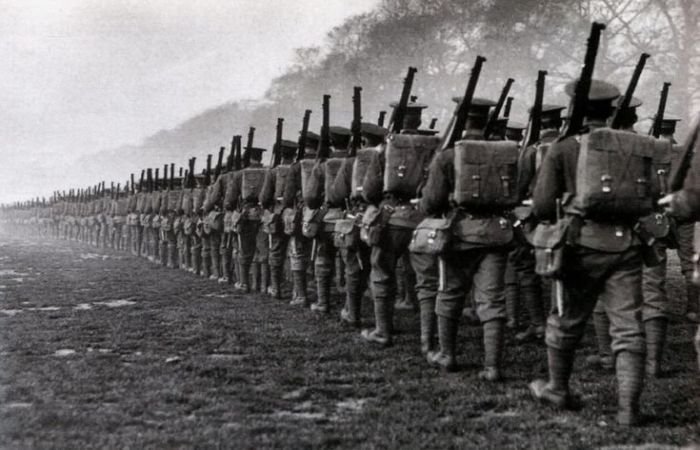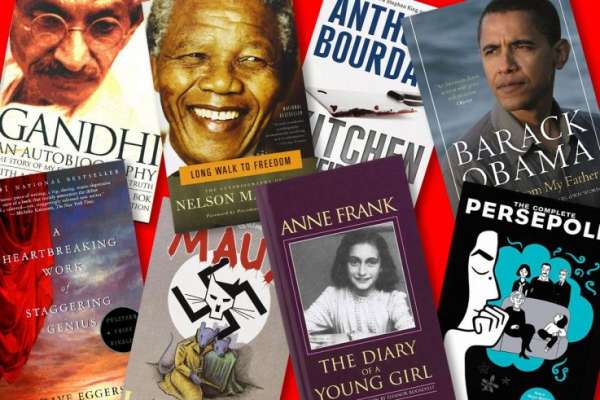
Understanding World War I
World War I, also known as the Great War, lasted from 1914 to 1918 and involved many countries, changing the world in many ways. In this blog, we will explore the main causes, key events and the impact of the war.
Causes of World War I
Several factors led to the outbreak of World War I:
1. Militarism: Many countries were building up their armies and weapons, believing a strong military was necessary for protection and power.
2. Alliances: Countries formed agreements to help each other in case of war. Two main groups were the Allies (including France, Russia, and Britain) and the Central Powers (including Germany, Austria-Hungary, and the Ottoman Empire).
3. Imperialism: Countries competed for colonies and resources around the world, creating tension and conflict.
4. Nationalism: Many people felt strong pride in their country, and this sometimes turned into hostility towards other nations, leading to conflicts.
The fact that ignited the war was the assassination of Archduke Franz Ferdinand of Austria on June 28, 1914. His death set off a chain reaction, and within weeks, major countries were at war.
Key Events of World War I
World War I was marked by many important events, including:
1. Trench Warfare: Soldiers fought from long, deep trenches. Conditions were terrible, with mud, rats, and disease. This type of warfare led to many casualties and very little land gained.
2. Battles: Some of the most famous battles included the Battle of the Somme, the Battle of Verdun, and the Battle of Gallipoli. These battles saw millions of soldiers fighting, with many lives lost.
3. New Technology: The war introduced new weapons, such as tanks, airplanes, and poison gas. These advancements changed how wars were fought.
4. Russian Revolution: In 1917, while the war was still ongoing, Russia experienced a major political change known as the Russian Revolution. The people were unhappy with the government and the hardships of the war, leading to protests. The revolution resulted in the fall of the Russian monarchy and the rise of the Bolsheviks, who promised peace, land, and bread. Russia eventually went out from World War I after signing the Treaty of Brest-Litovsk in 1918, which allowed the German Empire to focus its forces on the Western Front.
5. U.S. Involvement: The United States joined the war in 1917. American troops helped the Allies turn the tide in favor of the Allies and contributed to the war’s end.
The End of the War
World War I ended on November 11, 1918, when an armistice was signed. The war caused immense suffering, with around 10 million military deaths and millions of civilians affected. After the war, the Treaty of Versailles was signed in 1919. This treaty placed heavy penalties on Germany and reshaped borders in Europe.
Impact of World War I
The effects of World War I were felt for many years:
1. Political Changes: Many empires fell, including the Austro-Hungarian and Ottoman Empires. New countries were formed, and governments changed.
2. Social Changes: The war changed how people viewed life and society. There was a desire for peace and a push for more rights, especially for women.
3. Economic Impact: The war left many countries in debt and struggling financially. The economic turmoil contributed to the Great Depression later on.
4. Preparation for World War II: The unresolved issues from World War I and the harsh terms of the Treaty of Versailles created tensions that contributed to the outbreak of World War II in 1939.
Conclusion
World War I was a complex and devastating conflict that shaped the course of the 20th century. Understanding its causes, key events and consequences helps us learn from the past. It reminds us of the importance of peace and cooperation among nations to prevent future conflicts. By studying history, we can work towards a better future for everyone.
Comment
Nour El Houda Mesbahi
This is very interesting blog thank you for sharing this topic.
Rania Oukil
Perfect Ema , it's an amazing blog, keep going, thanks .
Ridha Bounouh
the world war 1 it's very complicated and there are many facts are unkonwn
Hamza Badji
The only conclusion from history and ancient wars is that if you are not strong and in control, you will be weak and controlled.















